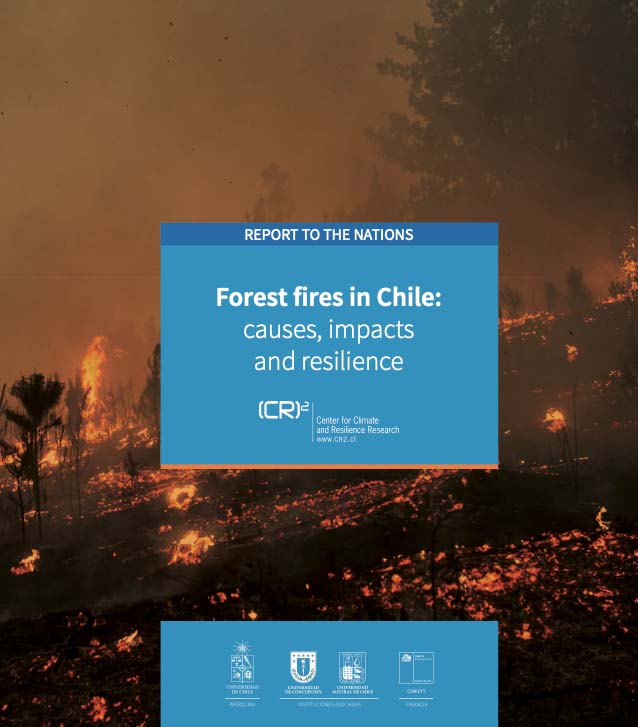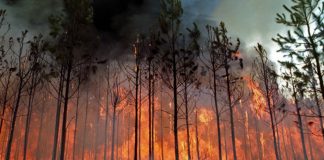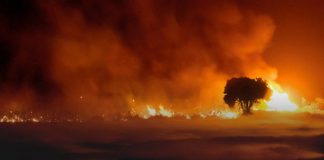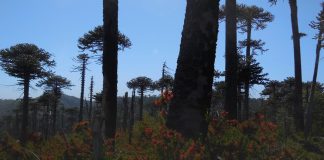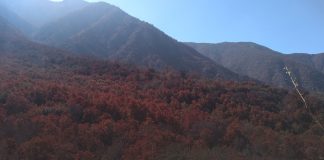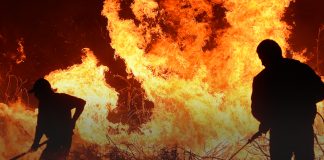Forest fires in Chile: Causes, impacts and resilience
During the last decade, fire seasons have been longer and the fires larger and more severe, especially between the regions of Valparaiso and La Araucanía. The widespread drought experienced in recent years has favoured the occurrence of megafires, such as those that occurred in the summer of 2017. These extreme events are multi-causal, and anthropogenic climate change is compounded by other atmospheric phenomena that contribute to extremely high temperatures and low humidity, in combination with land use and land cover charac- teristics that are favourable to the spread of fire (e.g. tree plantations and shrubs).
To better address the socio-economic and environmental consequences of the future increase in megafires – given the acknowledged inability to control and suppress them worldwide – we must move from reactive measures (mainly focused on fire suppression and firefighting) to actions that target the main causes of the problem. Thus, priority should be given to prevention activities and strategies, in conjunction with landscape management and planning policies aimed at avoiding and/or reducing the socio-economic and environmental damage and losses derived from extreme fire events.
This report provides an account of recent changes in the fire regime in Chile and the main factors that explain the occurrence and magnitude of forest fires. It also addresses the impacts and consequences of the fires, as well as the community’s resilience and ability to adapt to extreme events, along with institutional responses and challenges in terms of prevention and mitigation policies.


